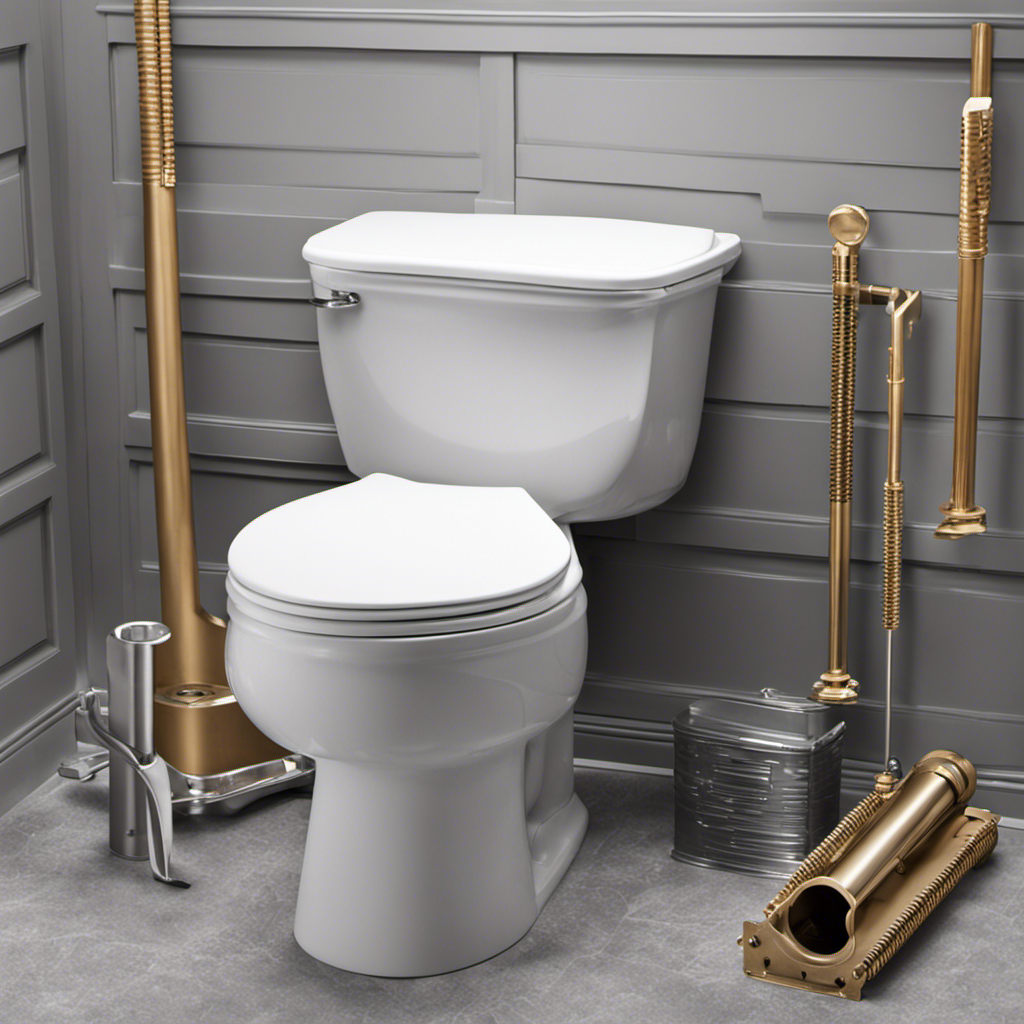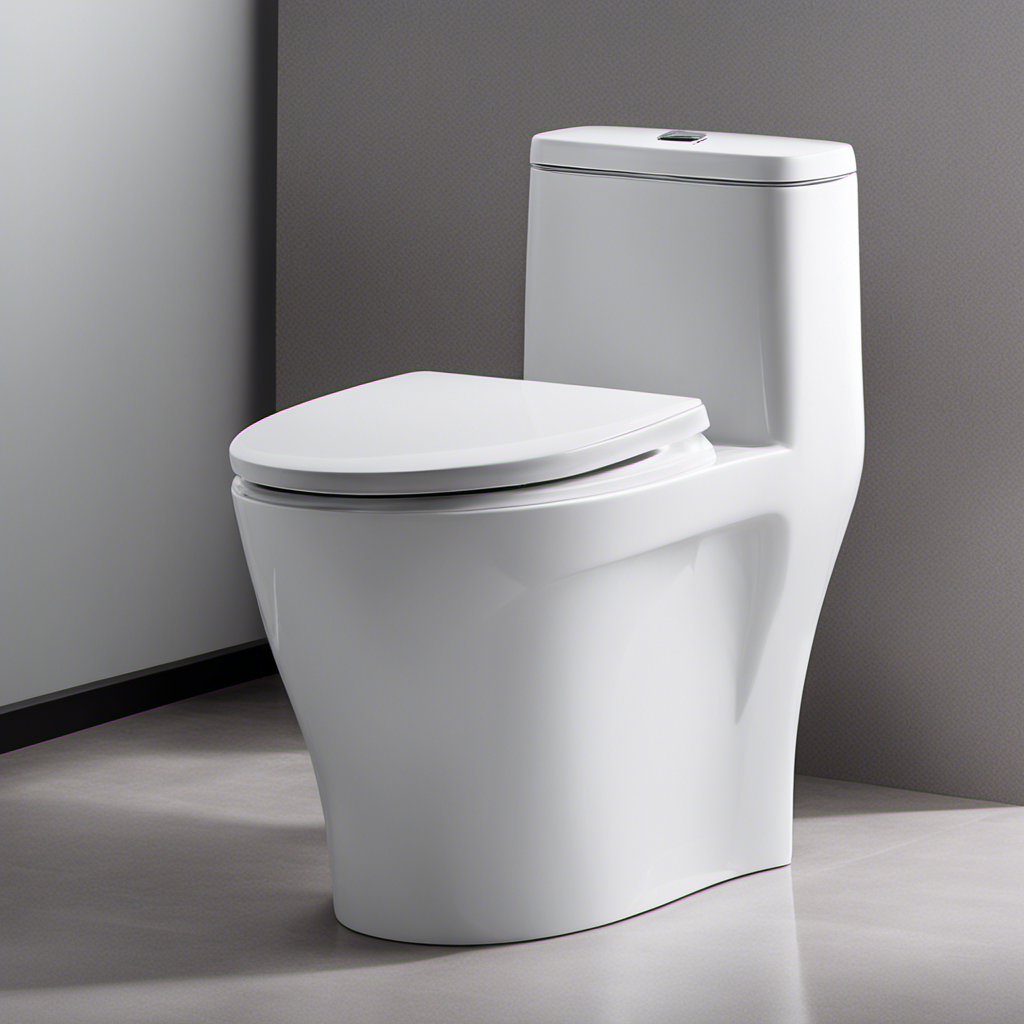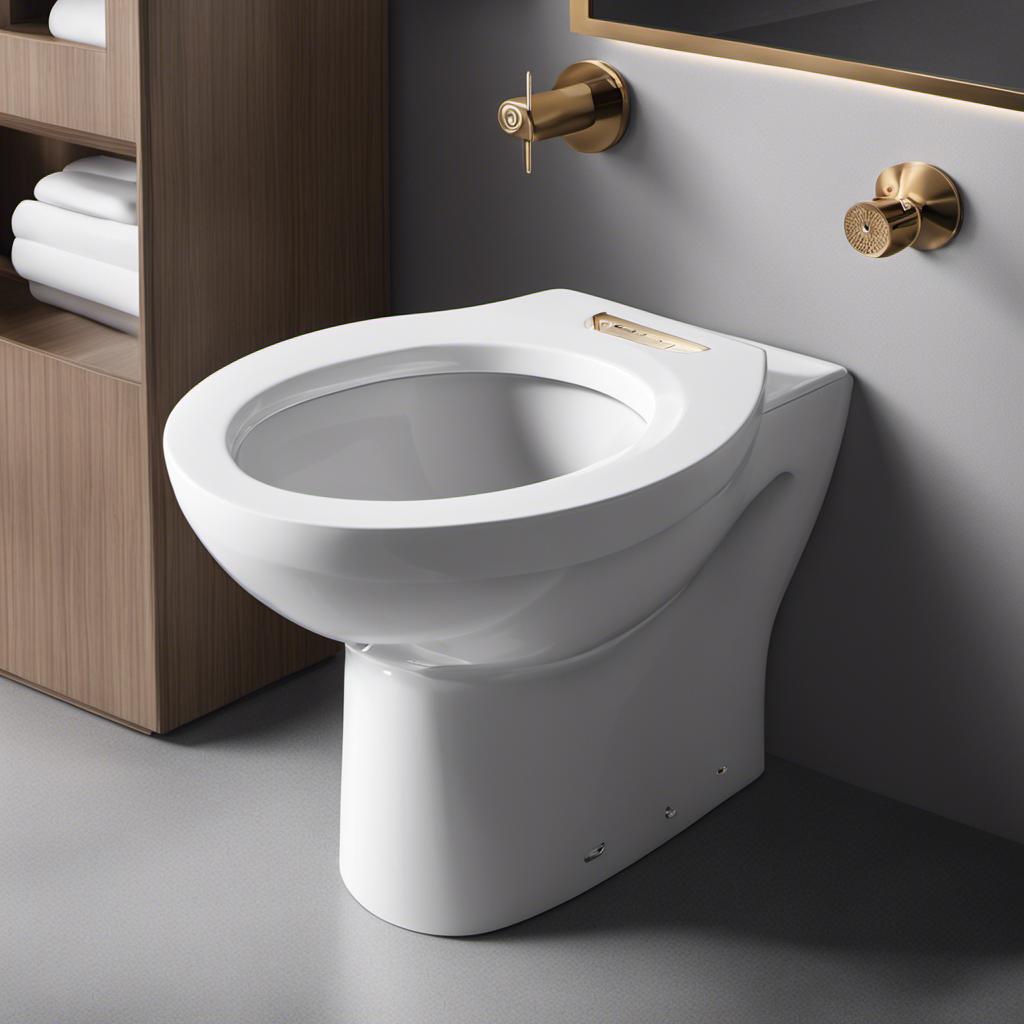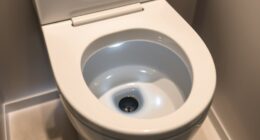As I stand before the porcelain throne, armed with wrenches and gloves, I am about to embark on a journey of toilet removal. With each turn of the wrench, I will unlock the secrets of this seemingly immovable fixture, revealing the inner workings that keep our bathrooms functional.
In this article, I will guide you through the step-by-step process of pulling a toilet, equipping you with the knowledge and confidence to tackle this task with ease.
So, let us delve into the realm of toilets, and unveil the mysteries that lie beneath.
Key Takeaways
- The necessary tools and materials for pulling a toilet include adjustable pliers, a bucket or towel, a putty knife, a wrench, and a new wax ring.
- The steps for removing a toilet include turning off the water supply valve, flushing the toilet to empty the tank and bowl, disconnecting the water supply line, removing the bolts securing the toilet to the floor, and lifting the toilet with caution.
- Common mistakes to avoid when removing a toilet include improperly disconnecting the water supply, using excessive force, risking leaks or breakage, not properly supporting the toilet while lifting, and failing to clean the area before installing a new wax ring.
- Before pulling a toilet, it is important to gather all necessary tools and materials, shut off the water supply by turning the valve clockwise, flush the toilet to empty the tank and bowl, disconnect the water supply line and remove any remaining water, and loosen the bolts securing the toilet to the floor using a wrench.
Necessary Tools and Materials
To pull a toilet, you’ll need a few necessary tools and materials. The first step in removing a toilet is to gather all the required supplies. You will need a pair of adjustable pliers, a bucket or a towel, a putty knife, a wrench, and a new wax ring. These tools are essential for a successful toilet removal.
Now, let’s discuss some toilet removal techniques. Firstly, it is crucial to turn off the water supply valve and flush the toilet to empty the tank and bowl. Next, disconnect the water supply line and remove the bolts securing the toilet to the floor. Use caution while lifting the toilet to avoid any damage or injury.
It is also important to be aware of common toilet removal mistakes, such as not properly disconnecting the water supply or using excessive force when removing the toilet, which can lead to leaks or even breakage.
Follow these techniques and avoid these mistakes to successfully pull a toilet.
Preparation and Safety Measures
Before starting, it’s important to take necessary safety precautions and prepare for the task at hand. Removing a toilet may seem like a daunting task, but with the right tips and techniques, it can be done smoothly. Here are some toilet removal tips to ensure a successful and safe process:
- Gather the necessary tools and materials: wrench, plunger, gloves, and a bucket.
- Shut off the water supply by turning the valve clockwise.
- Flush the toilet to empty the tank and bowl.
- Disconnect the water supply line and remove any remaining water.
- Loosen the bolts securing the toilet to the floor using a wrench.
- Lift the toilet carefully, ensuring not to strain your back.
- Dispose of the old wax ring and clean the area before installing a new one.
Common mistakes to avoid:
- Not shutting off the water supply before starting.
- Forgetting to wear gloves to protect your hands from germs and sharp edges.
- Lifting the toilet without proper support, risking injury.
- Failing to clean the area thoroughly before installing a new wax ring.
Step-by-Step Toilet Removal Process
Once you have shut off the water supply and loosened the bolts securing it to the floor, carefully lift the toilet to avoid any strain on your back.
Toilet removal is an essential step in the process of toilet installation or addressing common toilet issues.
To begin, disconnect the water supply line from the tank and remove any excess water using a sponge or towel.
Next, remove the caps covering the bolt heads and use a wrench or pliers to loosen and remove the nuts.
Once the bolts are removed, gently lift the toilet straight up, making sure to keep it level and balanced.
It is crucial to take caution during this step to prevent any damage or injury.
Dealing With Stubborn or Stuck Toilets
If you’re struggling with a stubborn or stuck toilet, try using a plunger to apply pressure and break up the blockage. It’s a simple and effective tool that can save you from a messy and inconvenient situation.
Here are a few reasons why a plunger is your best bet:
-
Unclogging power: A plunger creates a vacuum seal, allowing you to exert force and dislodge the clog. It’s a tried and tested method that often works like a charm.
-
Cost-effective: Plungers are affordable and readily available at most hardware stores. Investing in one can save you from costly plumber visits.
-
Versatility: Plungers can be used for both minor and major clogs. Whether it’s a small blockage or a more serious issue, a plunger can be your first line of defense.
Proper Disposal and Clean-up Procedures
When disposing of waste or cleaning up, it’s important to follow proper procedures to maintain cleanliness and prevent any potential health hazards. Adhering to disposal regulations ensures that waste is handled safely and responsibly. Additionally, considering eco-friendly alternatives can help minimize the impact on the environment. Below is a table showcasing some common waste materials and their recommended disposal methods:
| Waste Material | Recommended Disposal Method |
|---|---|
| Household Chemicals | Take to a Hazardous Waste Facility |
| Electronics | Recycle at a Certified E-Waste Recycling Center |
| Prescription Medications | Participate in a Drug Take-Back Program |
| Batteries | Recycle at a Battery Recycling Center |
| Paint | Dry it out and dispose of it in the regular trash |
Conclusion
In conclusion, pulling a toilet may seem like a daunting task, but with the right tools and knowledge, it can be easily accomplished. It is important to remember to always prioritize safety and take necessary precautions before starting the removal process.
Interestingly, did you know that according to a recent study, over 30% of homeowners experience toilet-related issues at least once a year? This statistic highlights the commonality of toilet problems and emphasizes the importance of knowing how to handle them effectively.
By following the step-by-step process outlined in this article, you can confidently tackle any toilet removal task and ensure a clean and functional bathroom.










